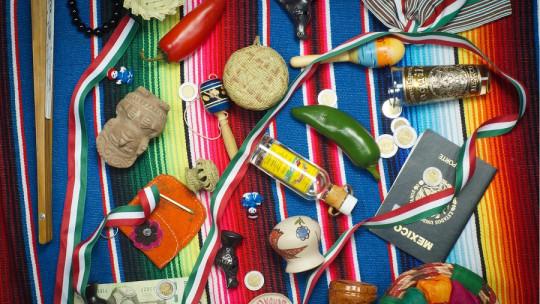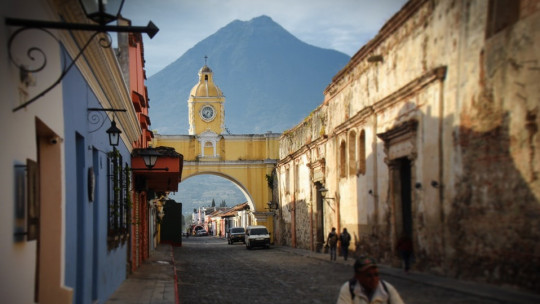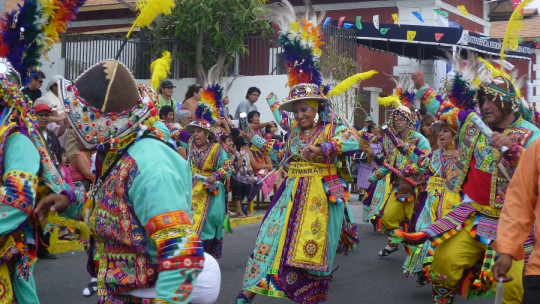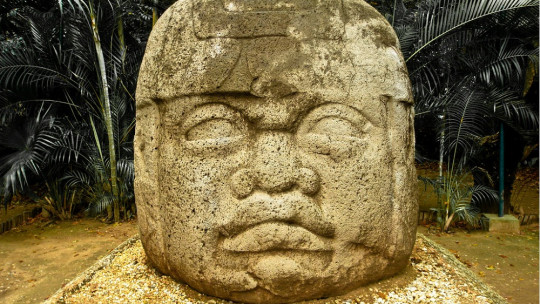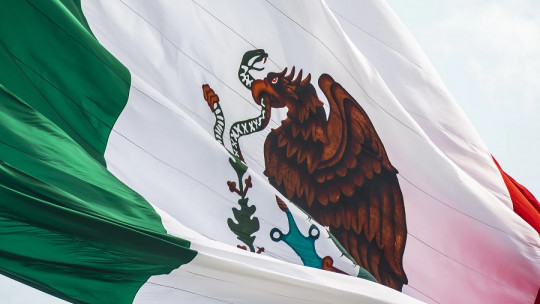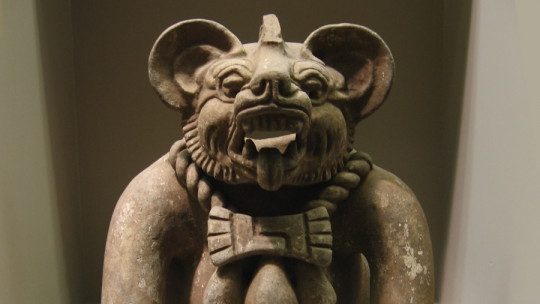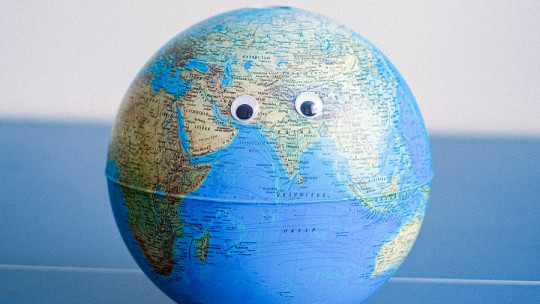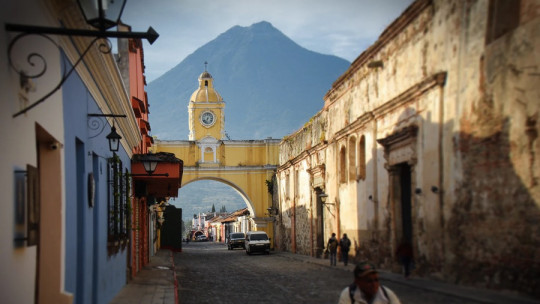
Guatemala is a Central American country that is home to the largest city in Central America, Guatemala City, as well as being the most populated country in this region.
This country, with great ecological and biological diversity, also has a rich and complex history, having been home (along with other nearby countries such as Mexico) to civilizations such as the Mayan.
Another aspect to highlight, often integrating traditions of the Mayans and other pre-Columbian peoples with those brought by the Spanish during the conquest of America. In order to visualize part of this cultural wealth, throughout this article we are going to learn about a series of traditions and customs of Guatemala
10 traditions and customs of Guatemala
Below we present a dozen beautiful traditions and customs of this country, mostly focused on festivities in different locations in the country (some of which are shared by other nearby countries).
1. The kites of Sumpango Sacatepéquez
In Sumpango (or Santiago) Sacatepéquez, during the Day of the Dead (November 1) there is a tradition of making enormous handmade paper kites, which symbolize a bridge or point of union between our world and the underworld. They also represent a gateway to the spirits, who can through them return to their old homes and their families.
The next day, first these kites or kites rise to finally light them, smoke representing a guide for the spirits to return to the afterlife These traditions are also said to scare away evil spirits. It is also a celebration that has been recognized as cultural heritage of Guatemala.
2. The flying stick dance
The dance of the flying stick, in Quiché, is a tradition in which it is placed on a huge tree trunk in a rotating structure, from which various dancers descend, launching themselves from above while dancing and spinning.
These dancers represent the legend of the Popol Vuh of the twins Hunbatz and Hunchouén who were transformed into monkeys as punishment for having wished the death of their younger brothers.
3. Belejeb B’atz: Mayan Women’s Day
Another tradition that can be seen in Guatemala comes from the ancient Mayans. Belejeb B’atz is the Mayan women’s day, which is celebrated every 260 days (based on the lunar calendar of this civilization).
This celebration celebrates the day when, according to Mayan mythology, women were created, as well as the important role that this civilization gave to women. She represents vital energy, wisdom, the beautiful and the faithful, the creation and the mystery. The women dress up and perform Mayan ceremonies in honor of indigenous mothers.
4. The burning of the bull
Of origin after the Spanish conquest, in this tradition a wooden bull is made covered with different types of fireworks, to later be placed on top of a man who dances while chasing passers-by once the pyrotechnic elements are lit. It is usually held in front of churches.
5. The burning of the devil
This tradition takes place every December 7, at 6 pm, and in it a piñata in the shape of a devil burns The goal of this tradition is to purify sins and bad things that have happened during the year.
6. The May Top
Also known as the Dance of the Flowers, it is one of the best-known dances in the Jalapa region. It is a celebration in which love and admiration for spring is expressed, in addition to asking for the arrival of good harvests. In this dance, several dancers dance around a tree trunk, tying and braiding colored ribbons and ribbons and then untwisting them as they dance.
7. Preparation of cold cuts
Probably one of the best-known dishes in Guatemalan cuisine is fiambre, a traditional and highly multicultural dish in which we find a large number of ingredients, mostly vegetables and sausages (although cheeses, fish and seafood are sometimes incorporated).
There are numerous regional variants with red fiambre and white fiambre being especially well-known, and is generally made for the Day of the Dead celebrations.
8. The bull dance
Although its name resembles the burning of the bull, it is a different tradition.
Is about a dance in which several dancers, dressed as various characters, act out a traditional story about the cattle ranch in which several cowboys wanted to fight a bull but their foreman did not allow it, something that made the cowboys get him drunk and finally the foreman ends up dying at the hands of his bravest bull. This dance lasts ten hours a day for ten days, in which the participants dress in very colorful costumes and masks, with Mayan mythological elements.
9. The cracking of shells
Carnival day tradition, It is based on the idea of decorating eggshells and filling them with flour or confetti in order to break them on the heads of the rest of the people. These cascarones are usually prepared in family or in society, often starting on February 2nd.
10. Holy Week
Holy Week is a tradition present internationally, being very important in Guatemala This week is lived as a family, with a high presence of processions and religious events. Among the most specific traditions we can find the making of carpets with sawdust of different colors, often with intricate ornamental motifs, along which the processions pass.

